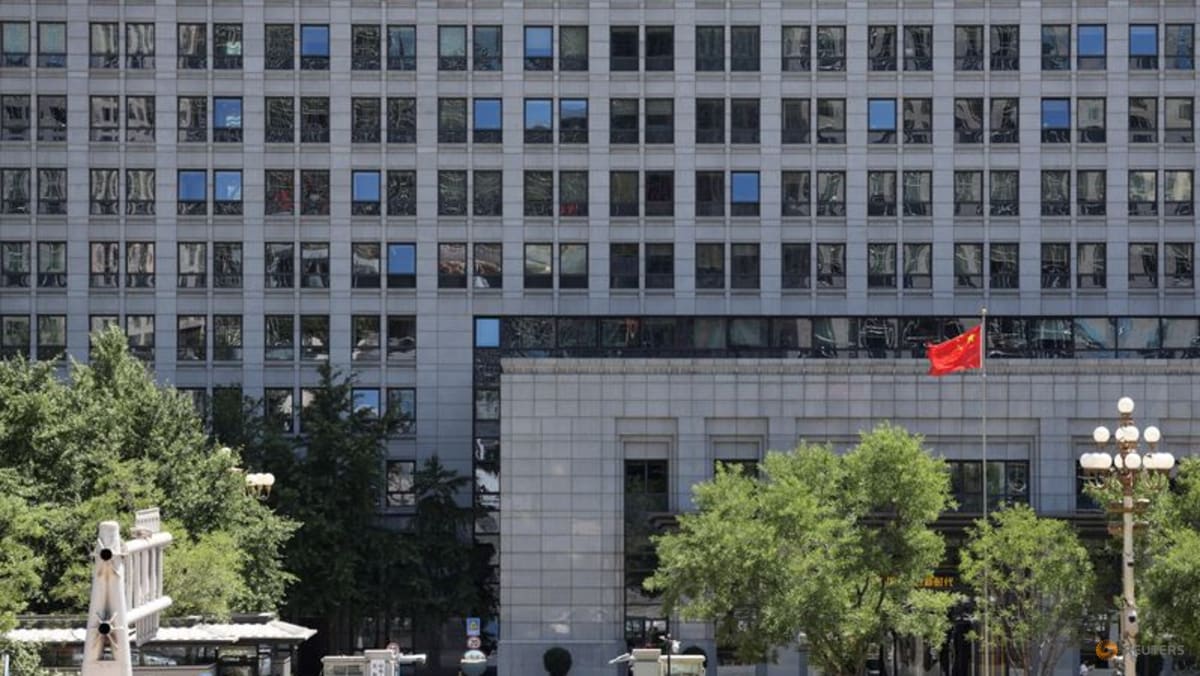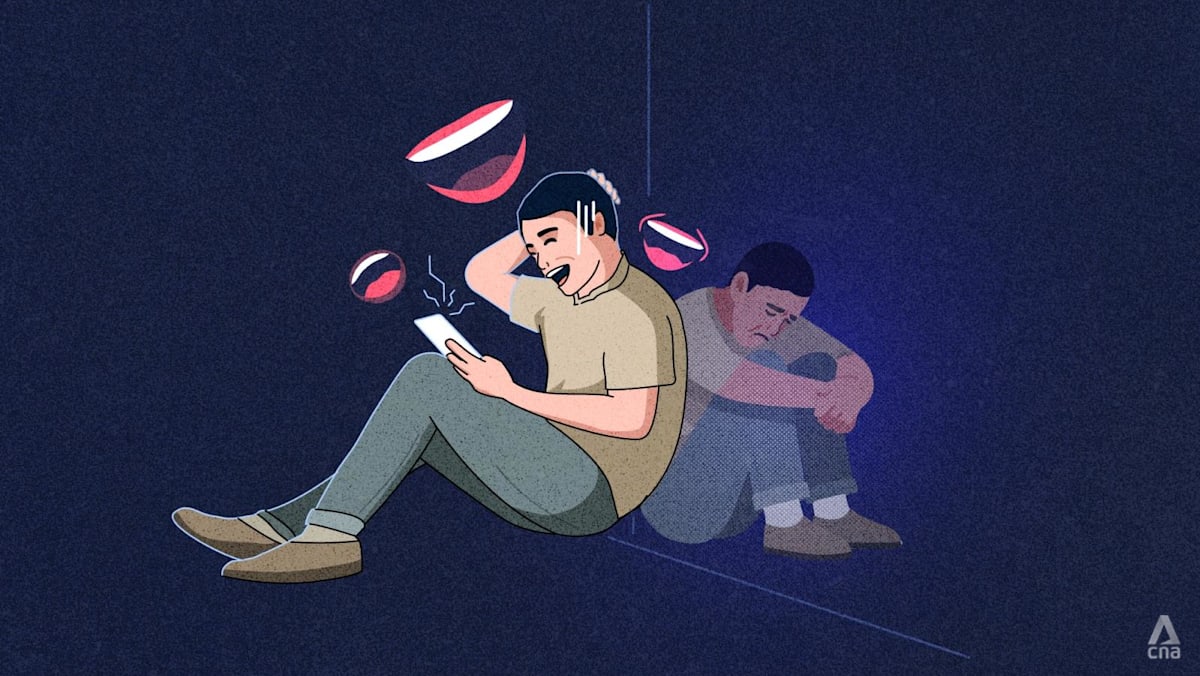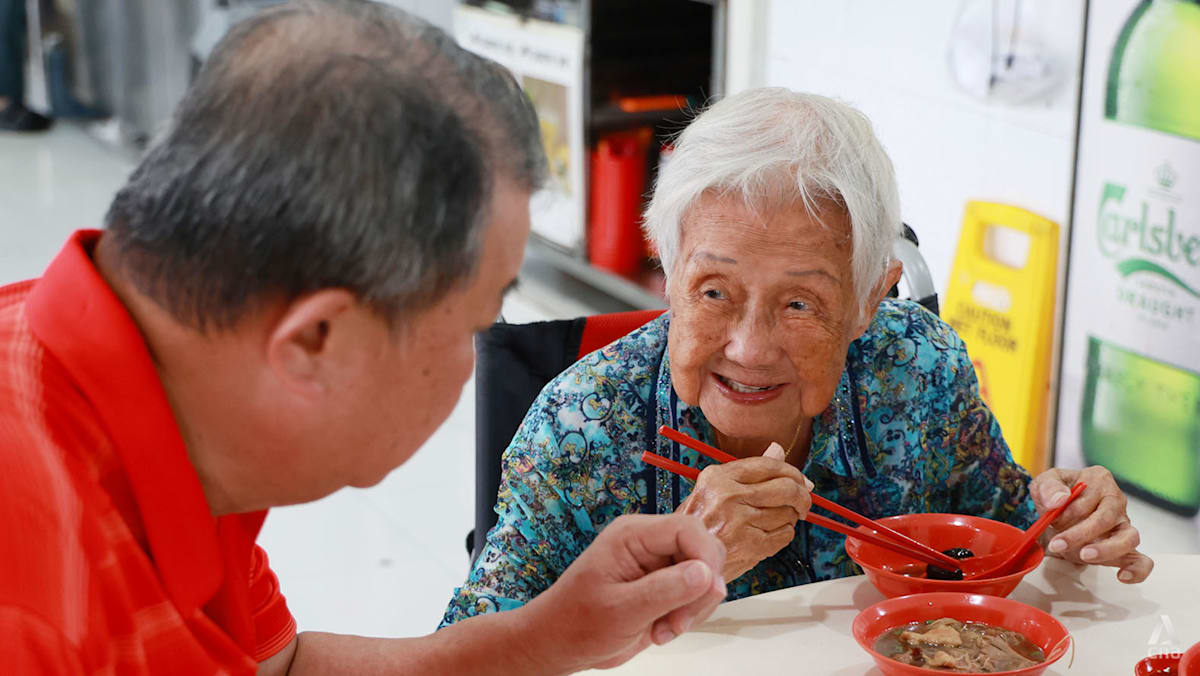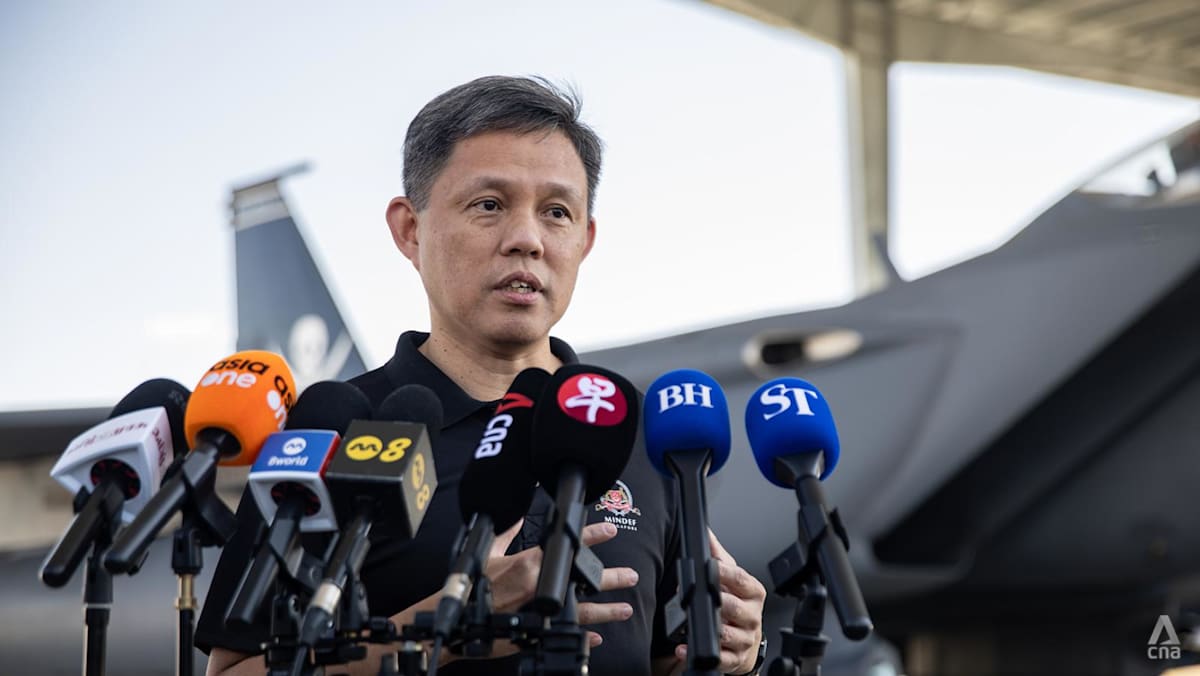Migrant workers, too, are also taking steps to forge closer bonds with the local community.
Ms Janelyn Dupingay, 34, a migrant domestic helper from the Philippines, is a member of the core team behind the Migrant Writers of Singapore, which organises many literary-related events all year round that are attended by both migrant workers and locals.
“For our art and writing workshops, usually there are four Singaporeans out of 10 participants and the rest are migrants. And for (the group’s event) Carnival of Poetry, there would be at least two Singaporean writers out of five,” she said, referring to the group’s monthly poetry reading sessions.
These events not only provide an outlet for participants to express themselves through the arts, but also to interact with people of different backgrounds and bond over common interests.
“Two years ago, we paired a local and migrant writer to collaborate on a poem that they will perform at Esplanade and just recently, they asked me for a foreword for their upcoming anthology book,” said Ms Dupingay.
“As an organiser, I feel amazed how they stayed connected even after their performance. So I’m looking forward to their book coming out.”
WHY IT’S WORTH FORGING A CLOSER RELATIONSHIP
NGOs and experts noted that in reality, due to how certain policies are structured, low-wage work permit holders cannot be expected to be as fully integrated into the wider Singaporean community as the foreign workers who hold higher-tier passes.
“Integration is typically measured by factors like levels of inter-marriage with locals, inclusion into different sectors of the labour market, access to healthcare and spatial inclusion,” said Assoc Prof Kathiravelu.
“Because low-wage migrants are structurally kept out of institutions like marriage, allowed to work only in certain sectors, have to rely on private healthcare, and stay outside the public housing system in privately run dormitories, the notion of integration is really quite inappropriate,” she added.
Ms Jaya of HOME and Ms Dipa of IRR noted that many migrant workers they have worked with would love a long-term residency in Singapore, a place where they typically spend over a decade working.
“They want to bring their children, they want to bring their spouses, but because they’ve remained a work permit holder, it’s tough for them to do so, and at the end of their tenure, they have to go back,” said Ms Jaya.
Though the migrant workers’ stay here is temporary by design, the negative attitudes held by some Singaporeans towards them must still be addressed.
Experts noted how these low-wage migrant workers tend to do “3D” jobs – dirty, demeaning and dangerous – that Singaporeans generally do not want to do themselves, yet acknowledge that they are necessary.
Ms Dipa said that this led to the “conflicting” way in which Singaporeans treat permit holders.
“They are everywhere, we want them to do the work around us. We don’t mind that. Yet, we don’t want them living around us,” said Ms Dipa. “It’s something for us to really reflect on ourselves.”
As in other parts of the world where citizens are grappling with the presence of immigrants, two main concerns often underlie locals’ fears: economic competition and perceived cultural erosion.
It is the fear of cultural erosion that sometimes takes primacy in the minds of some Singaporeans, said Dr Leong.
“You can reassure Singaporeans as much as you want about the importance of the migrant worker community. You can reassure them as much as you want in terms of what economic benefits, and whether they are law abiding or not.
“But at the end of the day, a lot of what’s driving how sharp you want to define the the intergroup boundary has a lot to do with whether you feel that you are being marginalised, whether you feel that your sense of community is being eroded because you have an influx of people who are alien to you,” Dr Leong added.
Given these negative sentiments held by some locals, the importance of integrating work permit holders to the rest of society still needs to be reinforced.
At the most economically pragmatic level, experts and NGOs noted that Singapore, with its fast-greying population and declining birth rate, will constantly be in need of migrant workers. However, as their home countries develop and other countries, too, seek the services of such migrant workers, the latter may not automatically view Singapore as a top destination to work.
For the migrant workers, integration could benefit them in tangible ways too.
Mr Ripon Chowdury, a worker from Bangladesh who runs a self-help community initiative called Migrant Workers of Singapore, said that the social distance between the two sides means that migrant workers’ issues “are not fully understood” by locals.
“When local communities see migrant workers not just as laborers but as individuals contributing to society, fairer treatment becomes a shared cause rather than an isolated issue,” he said.
“In that sense, integration may serve as the foundation that strengthens calls for safer work environments, fair wages, and better living conditions.”
As a society, keeping migrant workers apart from the rest of Singapore will only perpetuate negative sentiments towards the workers.
Dr Mathews from IPS said: “I don’t know how tenable it is to keep the groups so separate. I think it does breed all the stereotypes, all the (negative) concerns. A continual gap between the two groups may not be the most healthy in the longer term.”
Providing shared spaces for both sides to meet and interact meaningfully, on the other hand, would engender trust and greater shared sense of responsibility towards Singapore.













